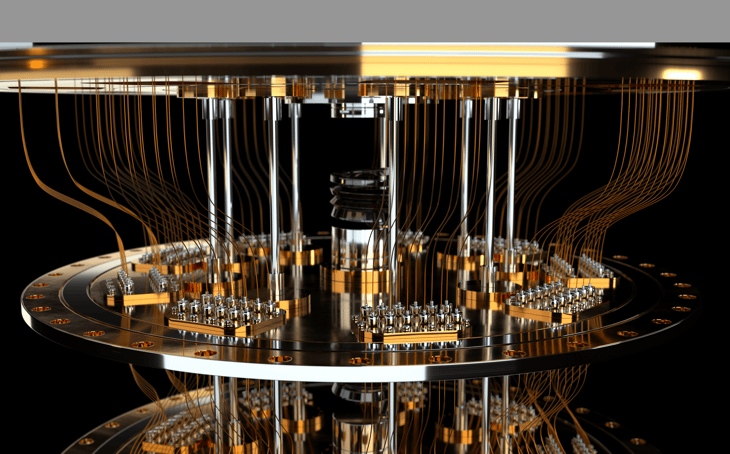Hydrogen promises to be the fuel of the future – it stores energy well and is carbon neutral. However, using hydrogen to generate energy efficiently depends on a quantum mechanical understanding of hydrogen chemistry and its catalysed reaction with oxygen. These reactions happen in a device called a fuel cell, a core ingredient of the future hydrogen economy.
The fuel cell predates the internal combustion engine by 24 years but, despite being used on Apollo missions to the moon, it has never seen mainstream adoption. Though highly efficient, fuel cells, like batteries, require catalysts and electrolytes – materials that promote the controlled reaction of hydrogen and oxygen – to rapidly combine hydrogen and oxygen and convert them to energy. The high cost and low durability of these components is the biggest barrier to fuel cell commercialisation.
As an example, the vast majority of fuel cell technologies have adopted platinum as the catalyst of choice. While expensive and sensitive to fuel impurities, platinum allows fuel cells to achieve a better performance-by-weight than petrol-based solutions while emitting only water. Developing this technology to be cheap enough for large-scale commercialisation is a big ask, however, as success depends upon understanding the complex chemistry and materials properties of these systems.
Understanding the inner workings of fuel cells in the quantum regime could have a transformative effect on their adoption and the broader transition to a hydrogen economy. But there is a fundamental challenge in realising this understanding: the techniques scientists have developed over decades for predicting molecular behaviour are hindered by the difficulty that classical computers cannot efficiently simulate the quantum mechanics which underpins chemistry. Without this microscopic understanding, finding better catalysts and electrolytes is Edisonian — many hard experiments done with constant refinement, rather than a broad exploration powered by computing.
... to continue reading you must be subscribed





